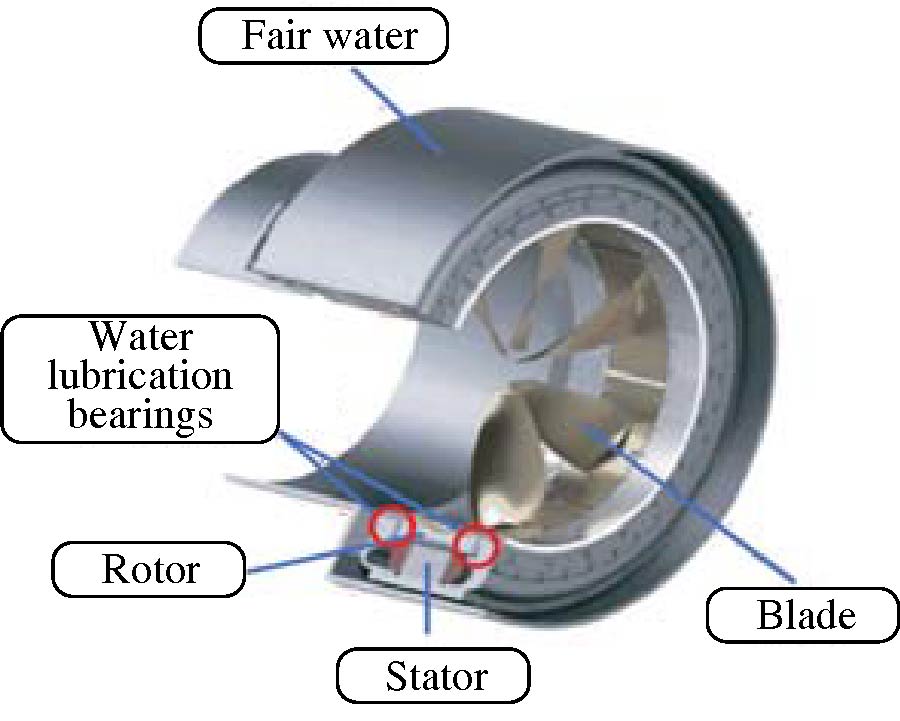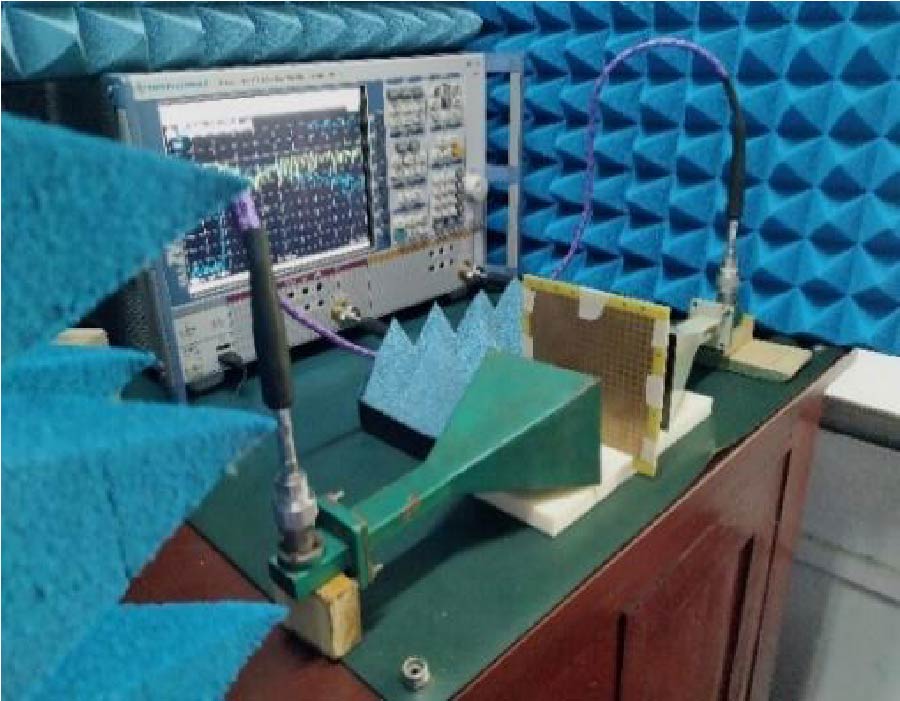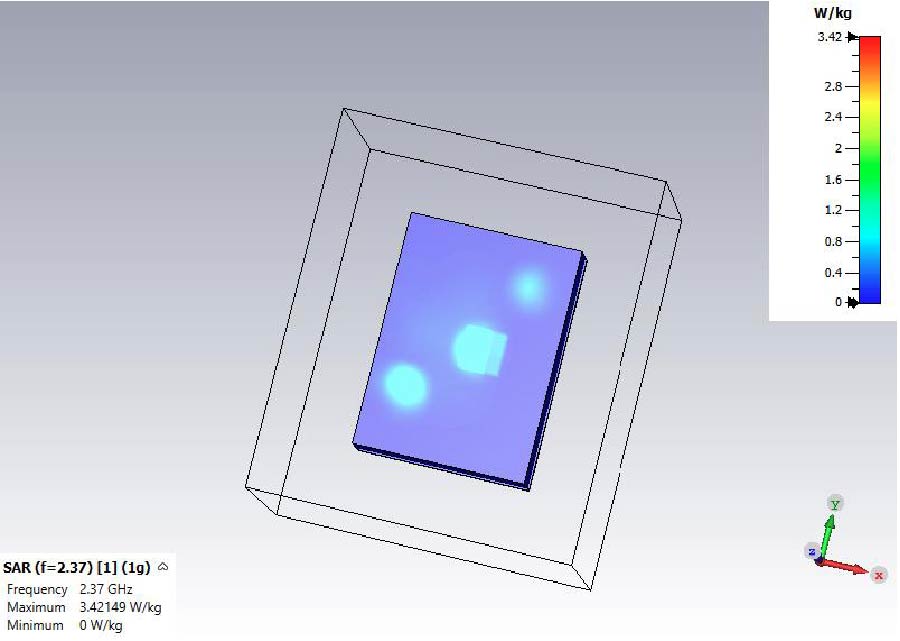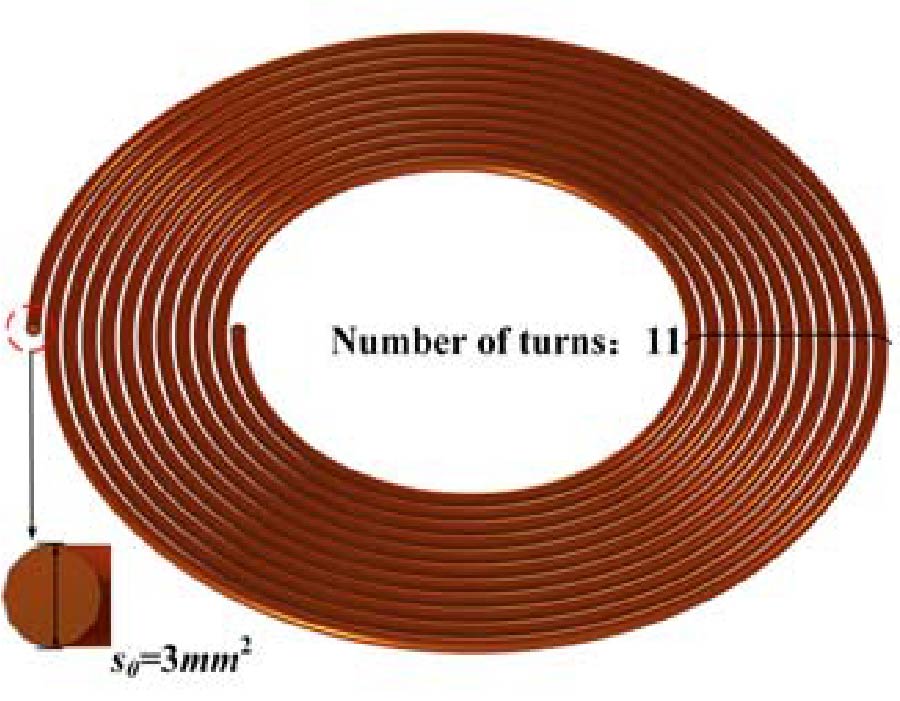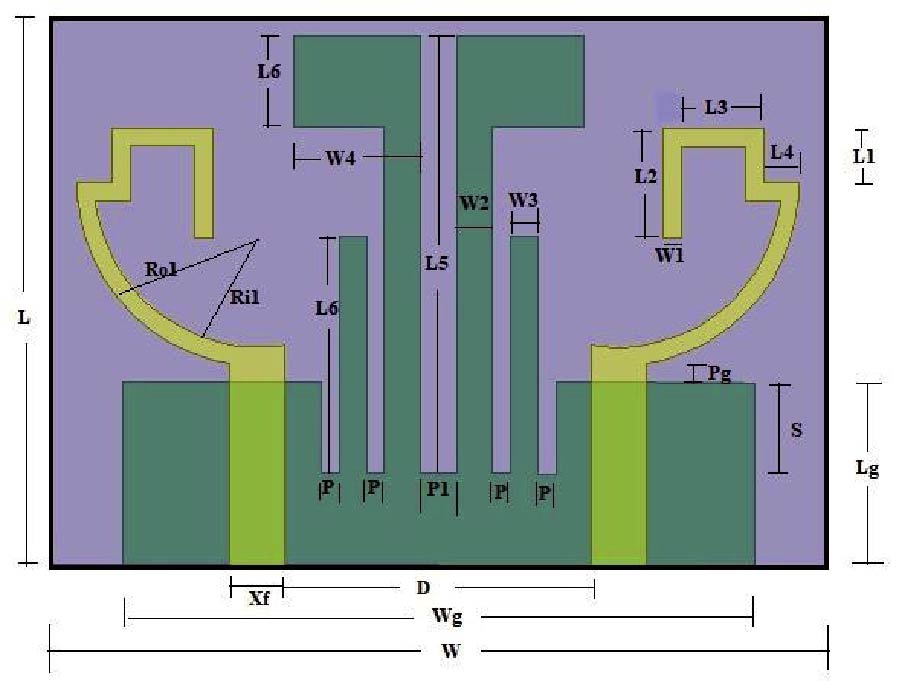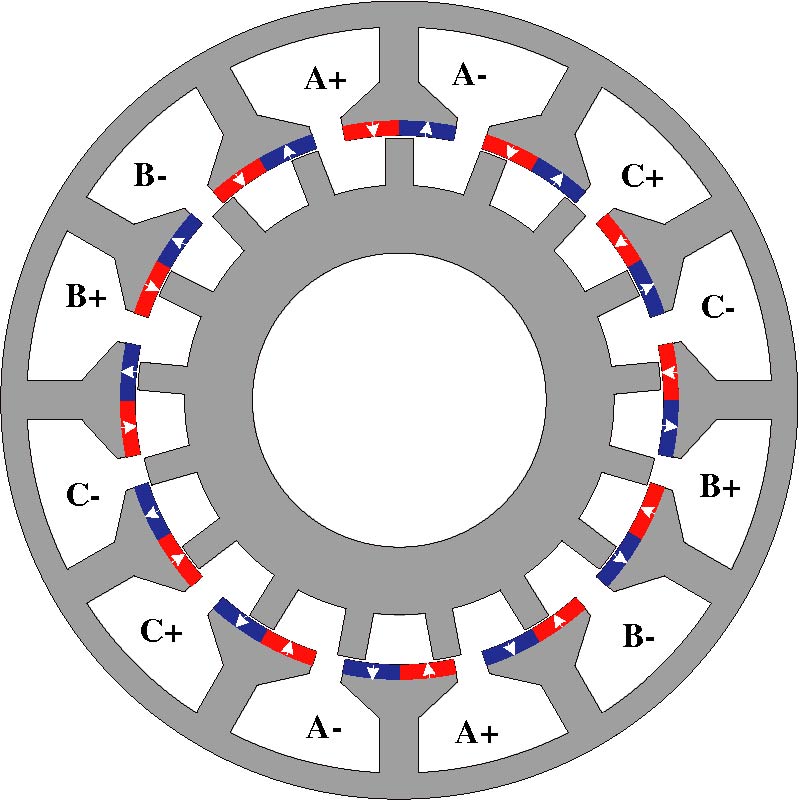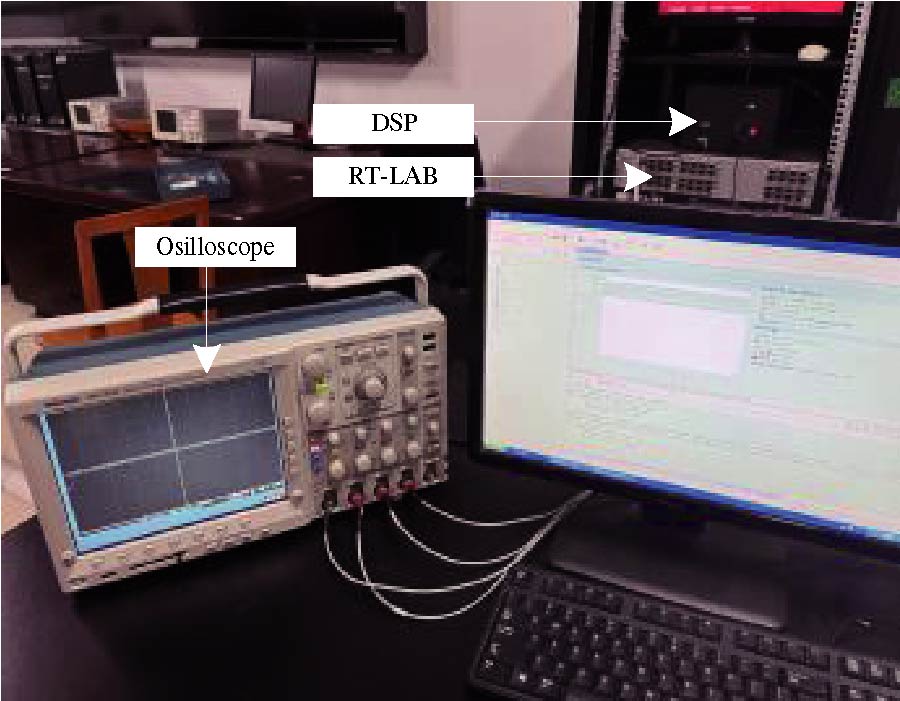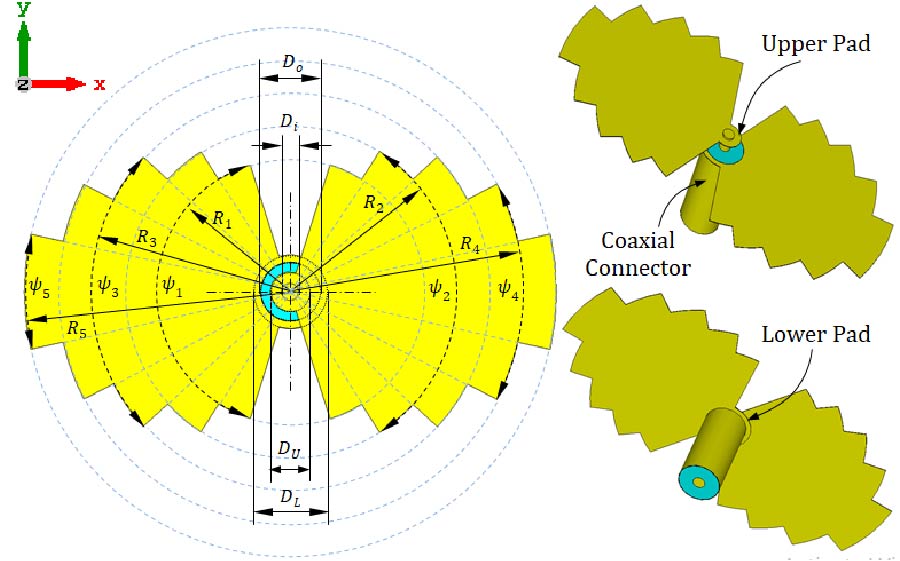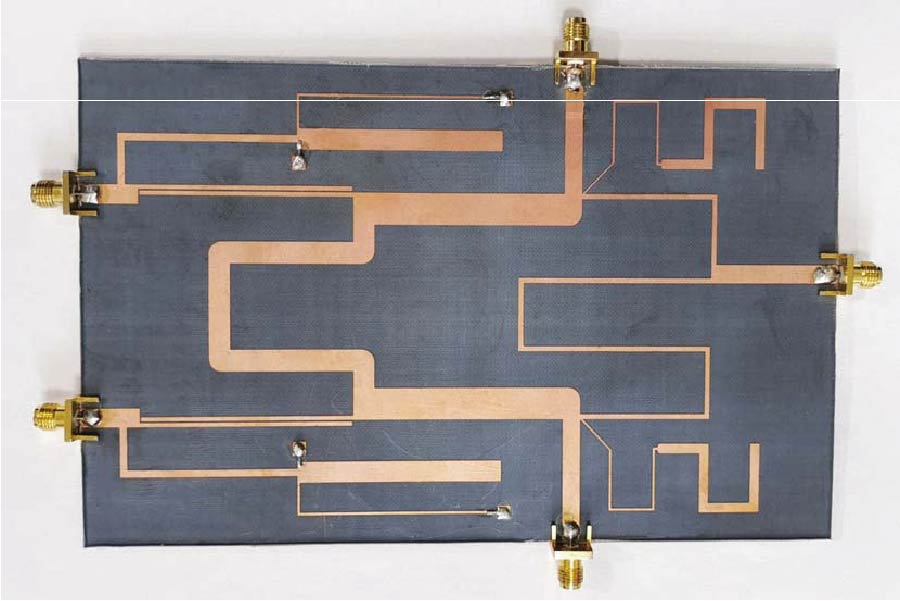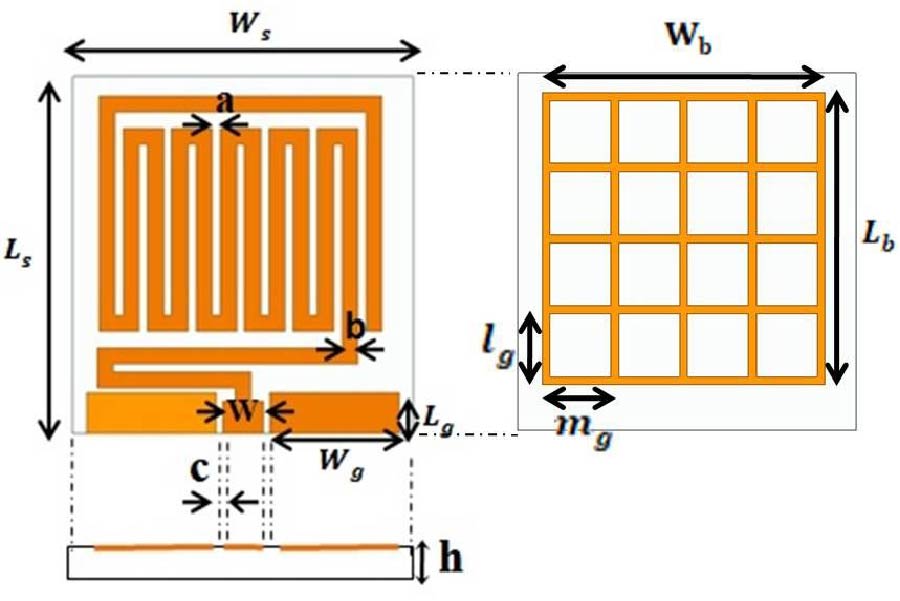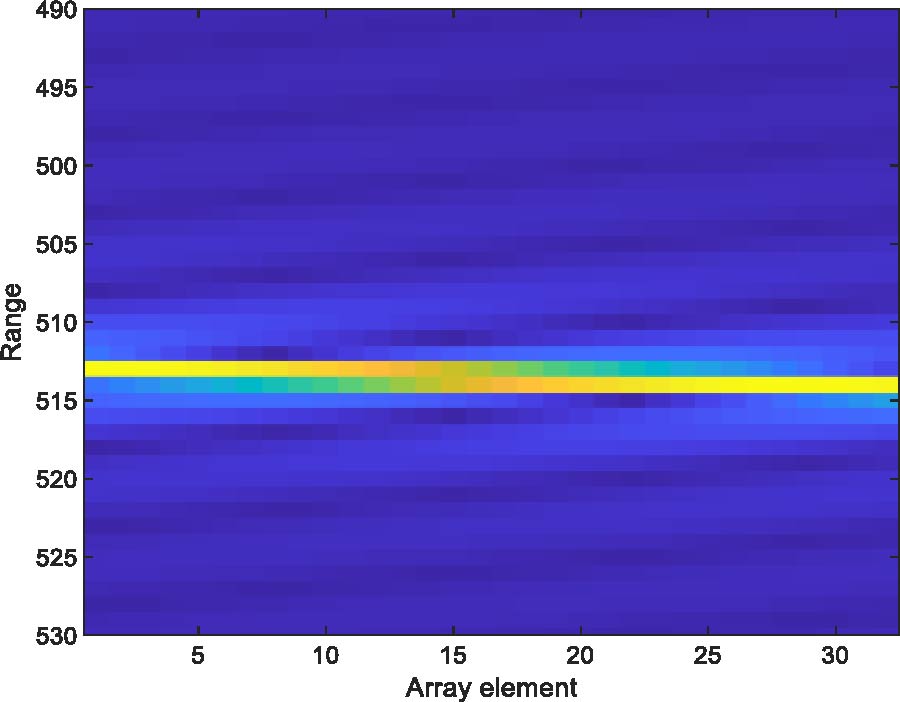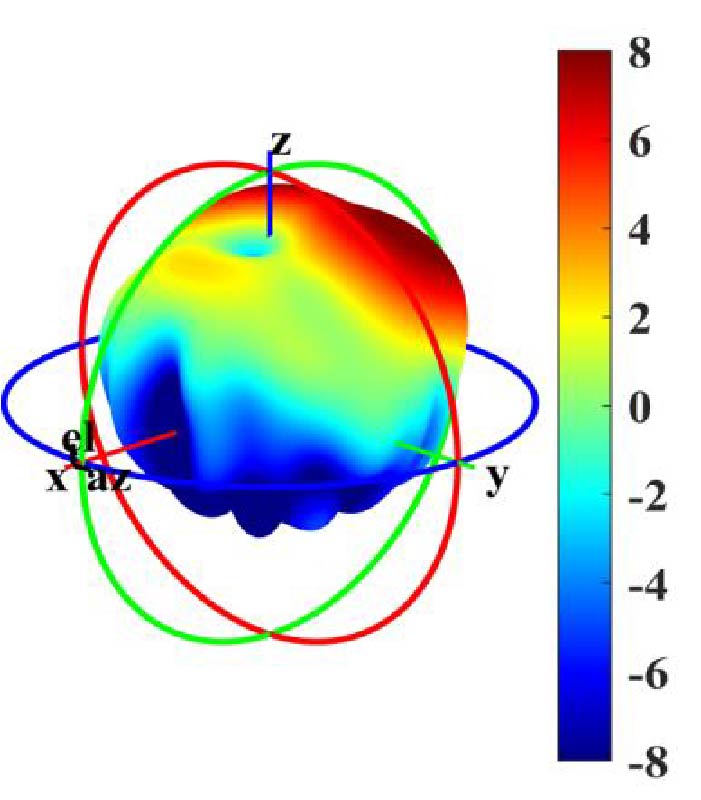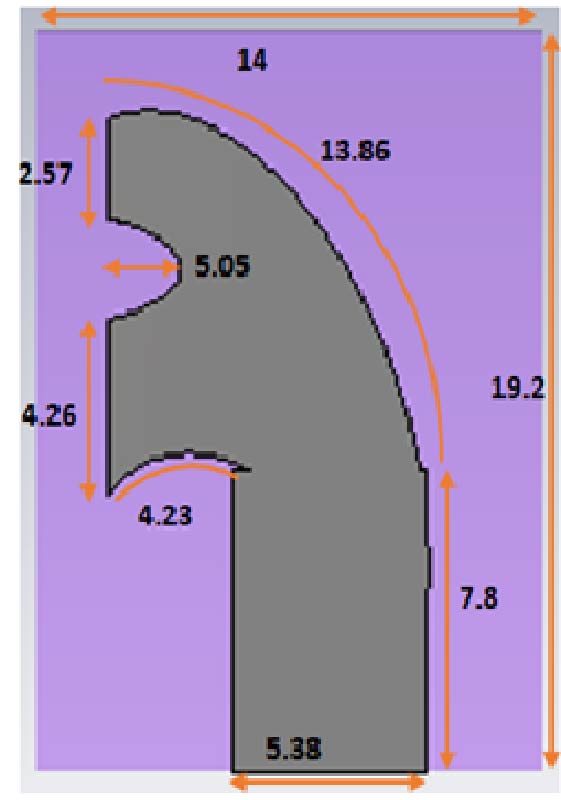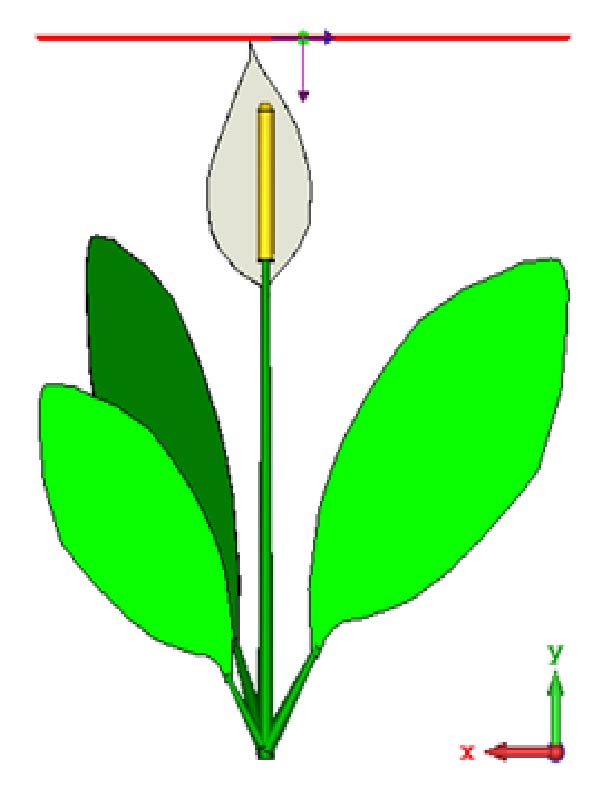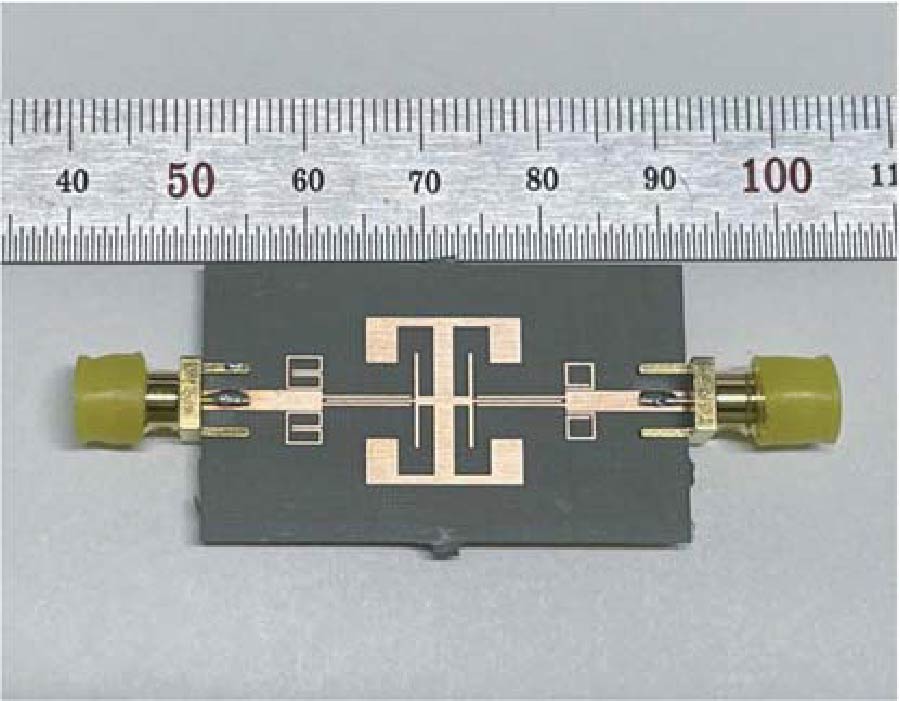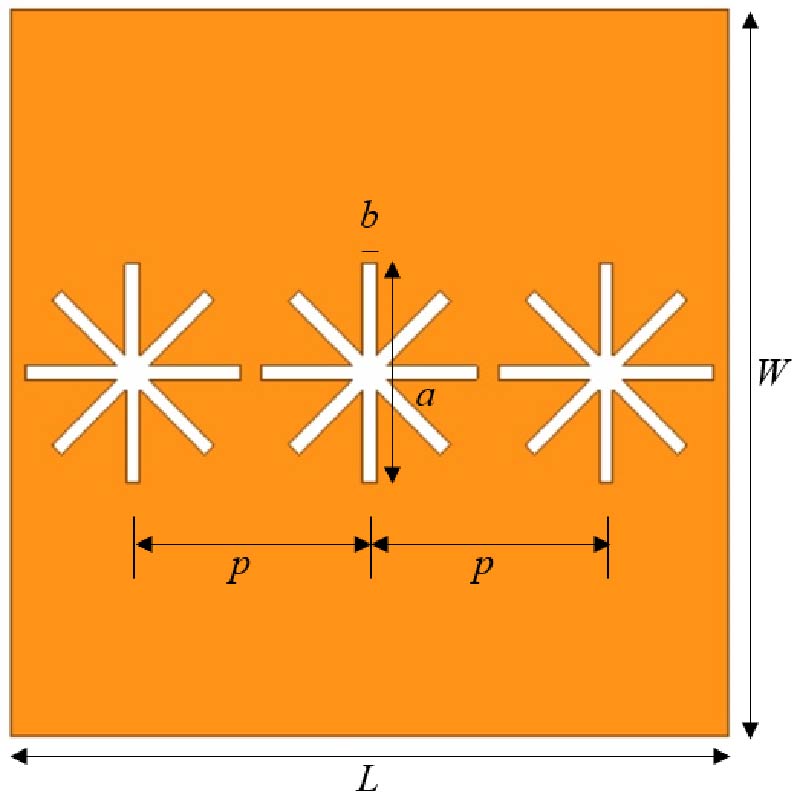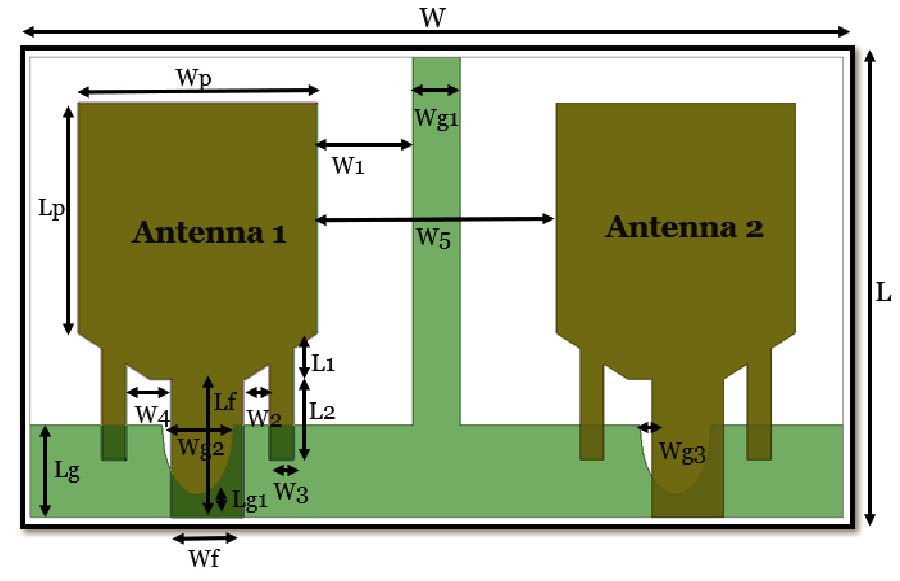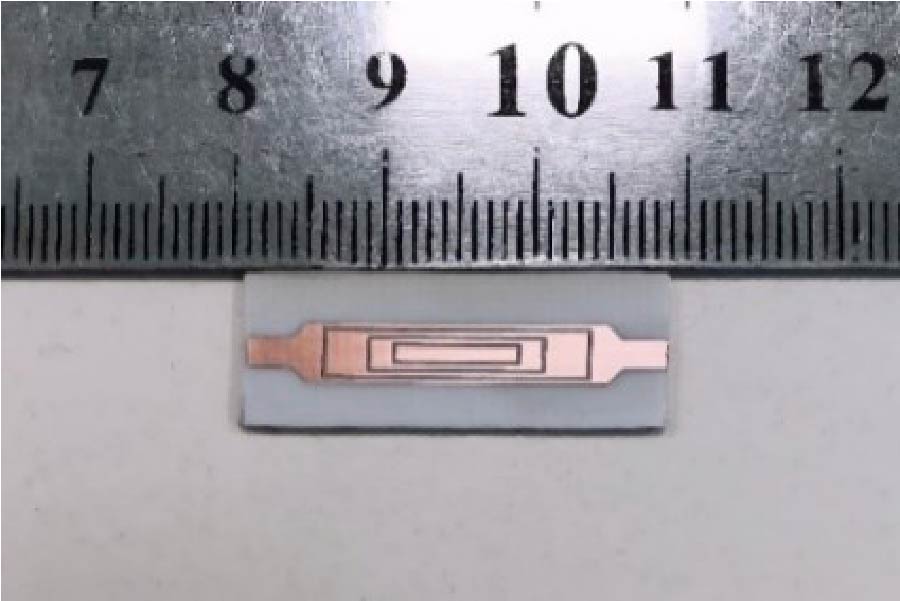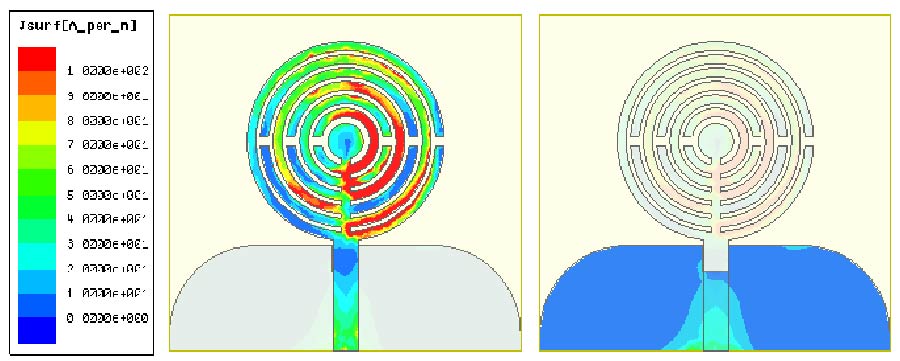Study of SAR Data and Spatial Distribution in a Peace Lily Plant Model Under Different Electromagnetic Exposure Scenarios
Nibedita Mukherjee,
Ardhendu Kundu and
Monojit Mitra
Over the last three decades, the presence of electromagnetic radiation in the open environment has increased by many folds due to wide utilization of cellular data and voice communication over multiple wireless communication bands. Thus with the increased utilization of electromagnetic energy, several global as well as national electromagnetic exposure regulatory norms have been put in effect across geographical boundaries to safeguard humans from immediate effects of Radio Frequency radiation. Specific Absorption Rate (SAR) quantification is well established in literature to measure the rate of electromagnetic energy absorption by living objects (humans as well as plants) while external microwaves impinge on them. It should also be considered that plants do absorb fairly reasonable amount of electromagnetic energy mainly from cell tower and Wi-Fi antennas owing to high permittivity (ε'r) and conductivity (σ) of constituent tissues. However, it is indeed unfortunate that worldwide there are very limited concerns regarding electromagnetic energy absorptions in plants, fruits and flowers - thus, no electromagnetic exposure regulatory guidelines have yet been put in effect to safeguard plants, crops, fruits and flowers. Thus, it is absolutely necessary to quantify microwave energy absorption rates in various fruit, flower and plant models due to electromagnetic radiations from different sources. Later on, consequent biological responses in plants along with associated effects on ecosystem and fruit nutrition value should be investigated. With this motivation, electromagnetic energy absorption rates i.e. SAR values along with associated spatial distributions have been estimated in this article for a typical Peace Lily (Spathiphyllum wallisii) plant model considering different frequencies of exposure, directions of plane wave incidence and polarizations of incident wave. Peace Lily plant has been chosen for this investigation as it is known for air purifying capability and indoor usage - furthermore, the plant parts can easily be characterized and modelled for electromagnetic simulations. Plants are of asymmetric shapes with varied sizes. To represent the typical geometric shape considering the most practical observation, a three dimensional Peace Lily plant model has been designed using CST Microwave Studio electromagnetic solver. The model has been exposed to linearly polarized plane waves at three distinct frequencies (947.50 MHz, 1842.50 MHz and 2450 MHz) following Indian electromagnetic exposure regulatory guidelines - these frequencies are used for voice, data or Wi-Fi communications. Dielectric properties (εr) i.e. permittivity (ε'r) as well as loss tangent (tanδ) of different peace lily plant tissues have been characterized over a broad frequency band employing open ended coaxial probe measurement technique. Measured tissue dielectric properties (εr) have been fitted to the developed plant model to evaluate SAR data and spatial distributions. At each frequency, significant variations have been noted in magnitudes and positions of Maximum Local Point SAR (MLP SAR), 1 g averaged SAR and 10 g averaged SAR values for six different combinations of direction of arrival and incident wave polarization. Observations indicate different orders of change in MLP SAR, 1 g averaged SAR and 10 g averaged SAR values in the plant model even for same combination of frequency of exposure, power density, direction of arrival (plane wave) and polarization of incident wave. Data reported in this article can be considered as reference to investigate consequent physiological or molecular responses in plants and revise electromagnetic exposure regulatory policies to protect plants and the entire ecosystem.
